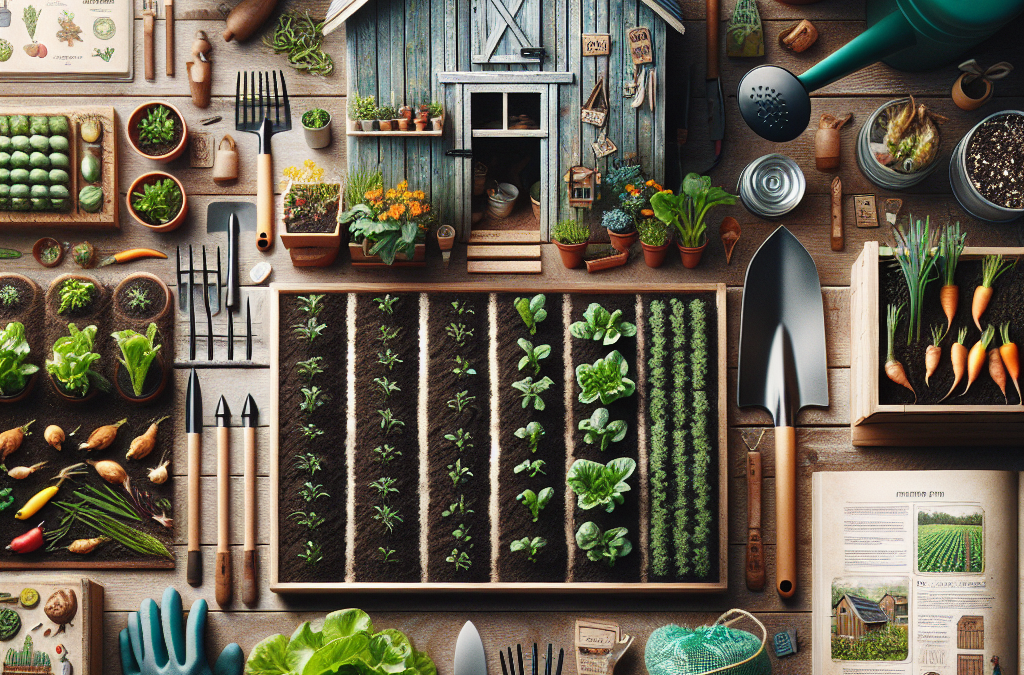Starting your own home farm can be a rewarding and fulfilling experience. With the right planning, you can grow your own fresh produce and raise your own livestock while enjoying the benefits of sustainable living. In this article, we will explore how to start your own home farm with tips and tricks that will help you get started on the right foot.
Introduction to Home Farming
Home farming is becoming increasingly popular as people seek to live more sustainably and reduce their carbon footprint. By growing your own food, you can save money on groceries and enjoy the satisfaction of eating healthy, locally sourced ingredients. Additionally, raising your own animals for meat or dairy products can provide a self-sustaining source of protein and other essential nutrients.
Choosing the Right Plants and Animals for Your Home Farm
The first step in starting your home farm is to determine what types of plants and animals you want to grow or raise. Consider the climate and soil conditions in your area, as well as any legal restrictions regarding livestock ownership. Some popular choices for home farming include vegetables such as tomatoes, lettuce, and carrots, as well as chickens, goats, and rabbits.
Preparing Your Garden Space for Planting
Once you have selected the crops and animals you wish to cultivate, it’s time to prepare your garden space for planting. Clear the area of any debris or weeds, and add compost or other organic matter to enrich the soil. You may also need to install fencing or other barriers to keep out predators or protect your crops from wildlife.
Tips on Caring for Your Crops and Livestock
Caring for your crops and livestock requires attention to detail and a willingness to learn new skills. For example, you may need to research proper irrigation techniques, pest control methods, and feeding schedules depending on the type of plants and animals you are growing or raising. It’s also important to monitor the health of your crops and livestock regularly and make adjustments as needed.
Harvesting and Preserving Your Homegrown Goods
After months of hard work, it’s finally time to harvest your homegrown goods! Make sure to follow safe handling practices when collecting your crops or butchering your livestock. Once you have collected your bounty, consider preserving your excess produce by canning, freezing, or drying them for later use. This not only extends the shelf life of your food but also allows you to enjoy the flavors of summer all year long.
In conclusion, starting your own home farm can be an exciting and rewarding experience. Whether you choose to grow vegetables or raise livestock, following these tips and tricks can help ensure success and satisfaction in your agricultural endeavors.





